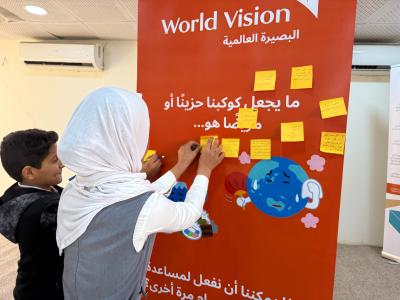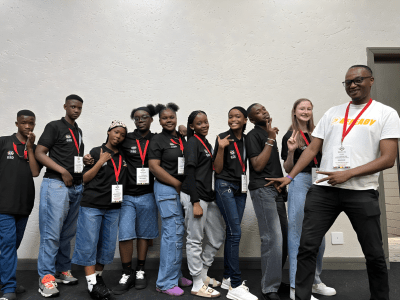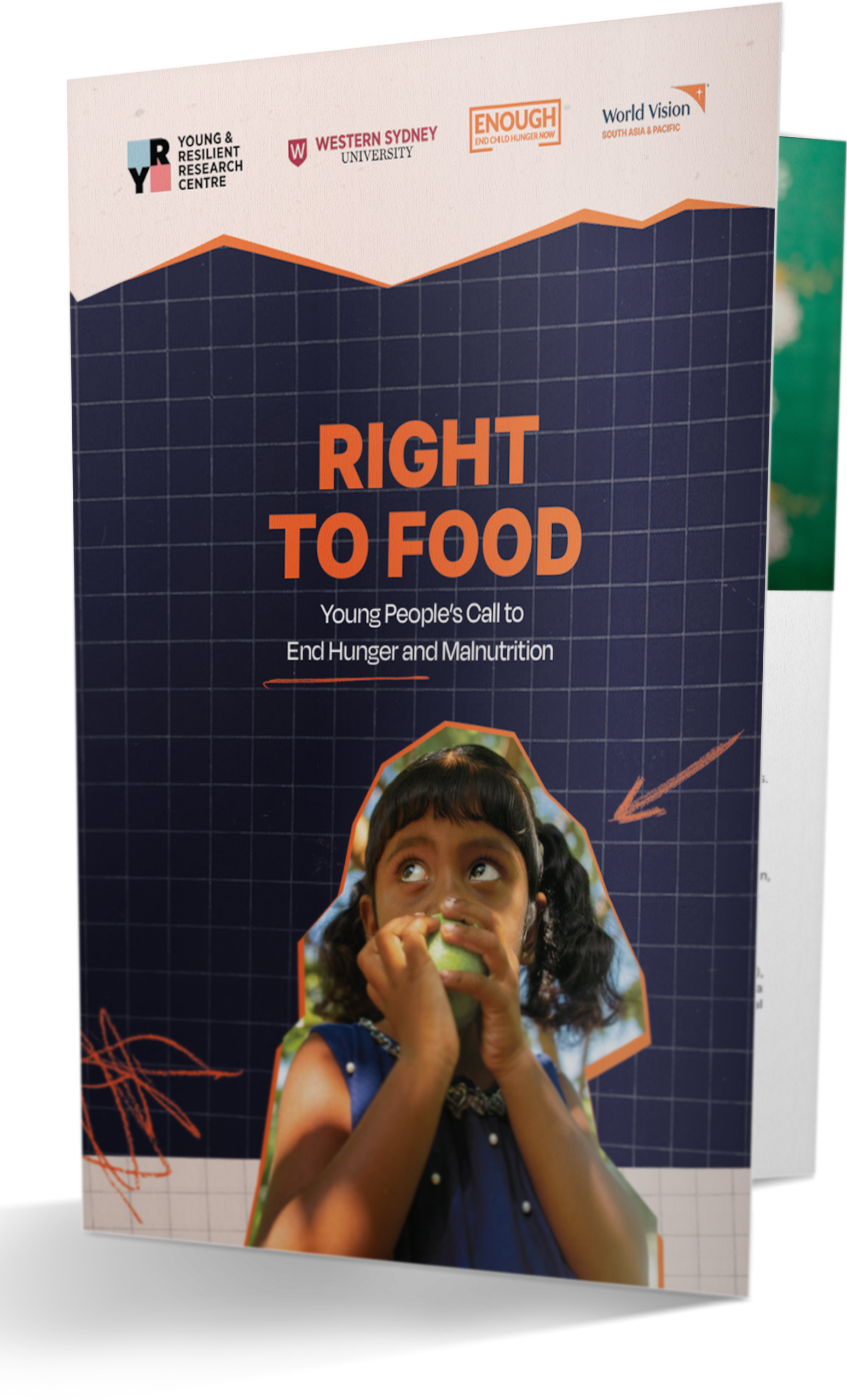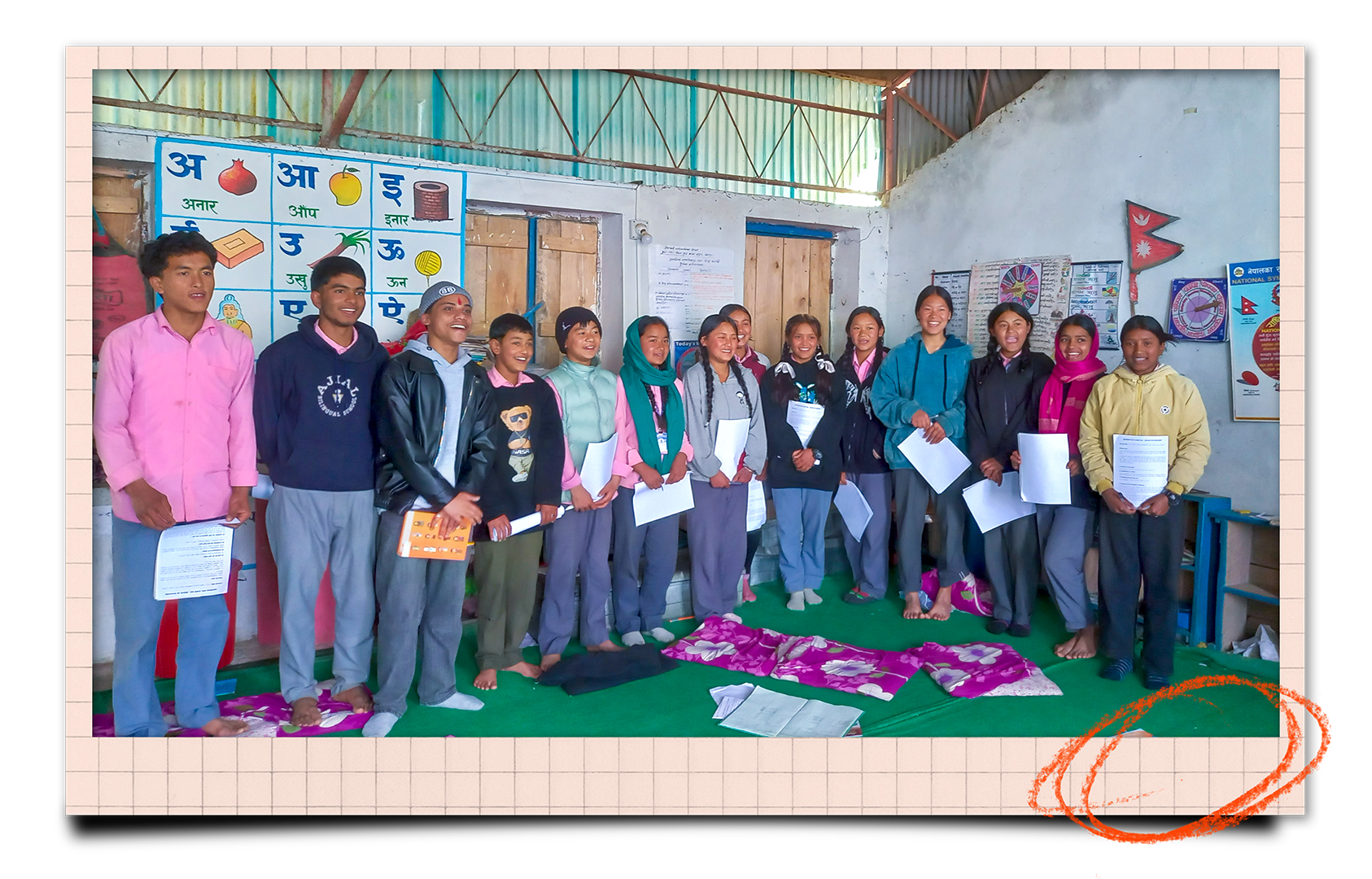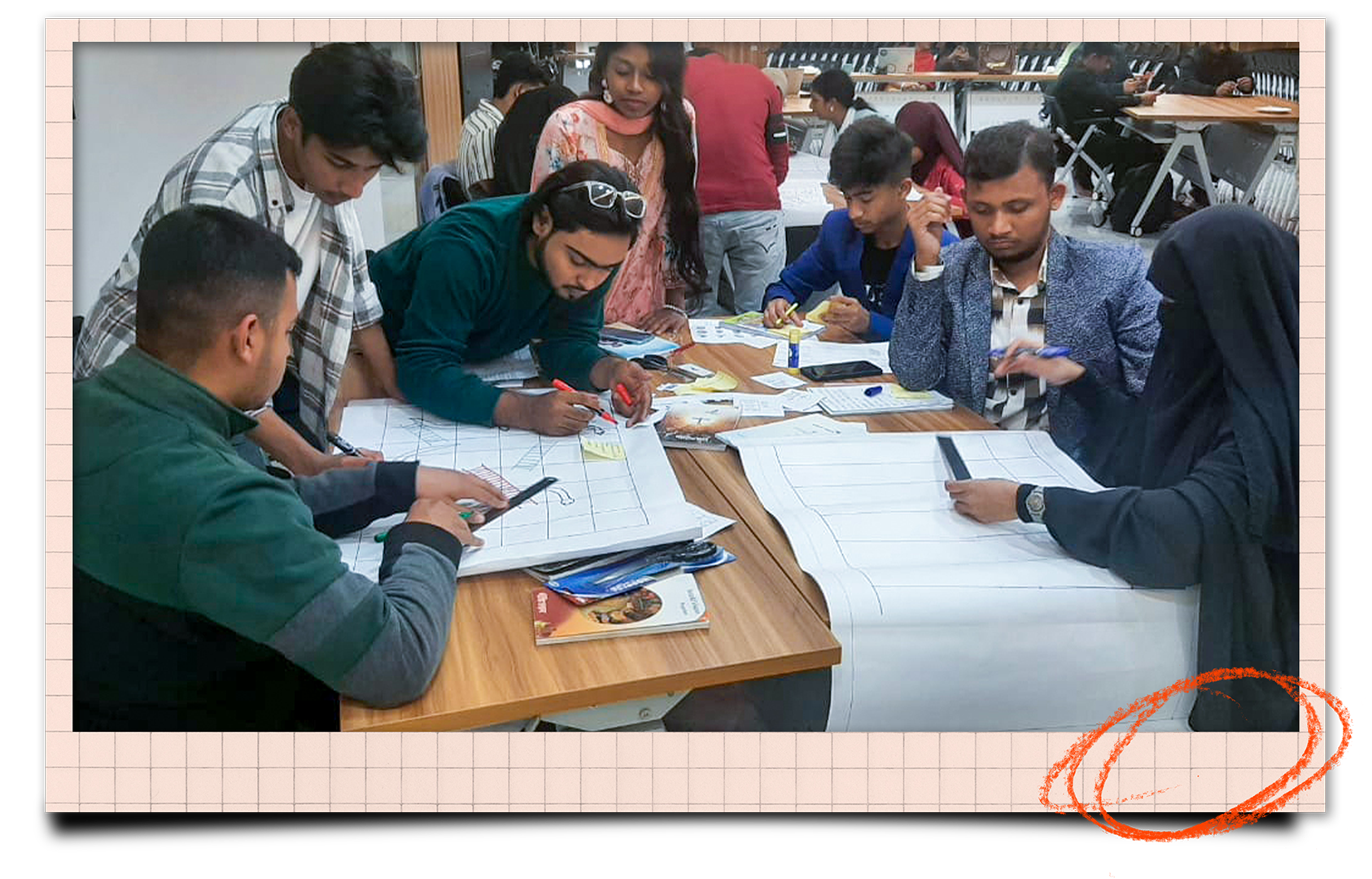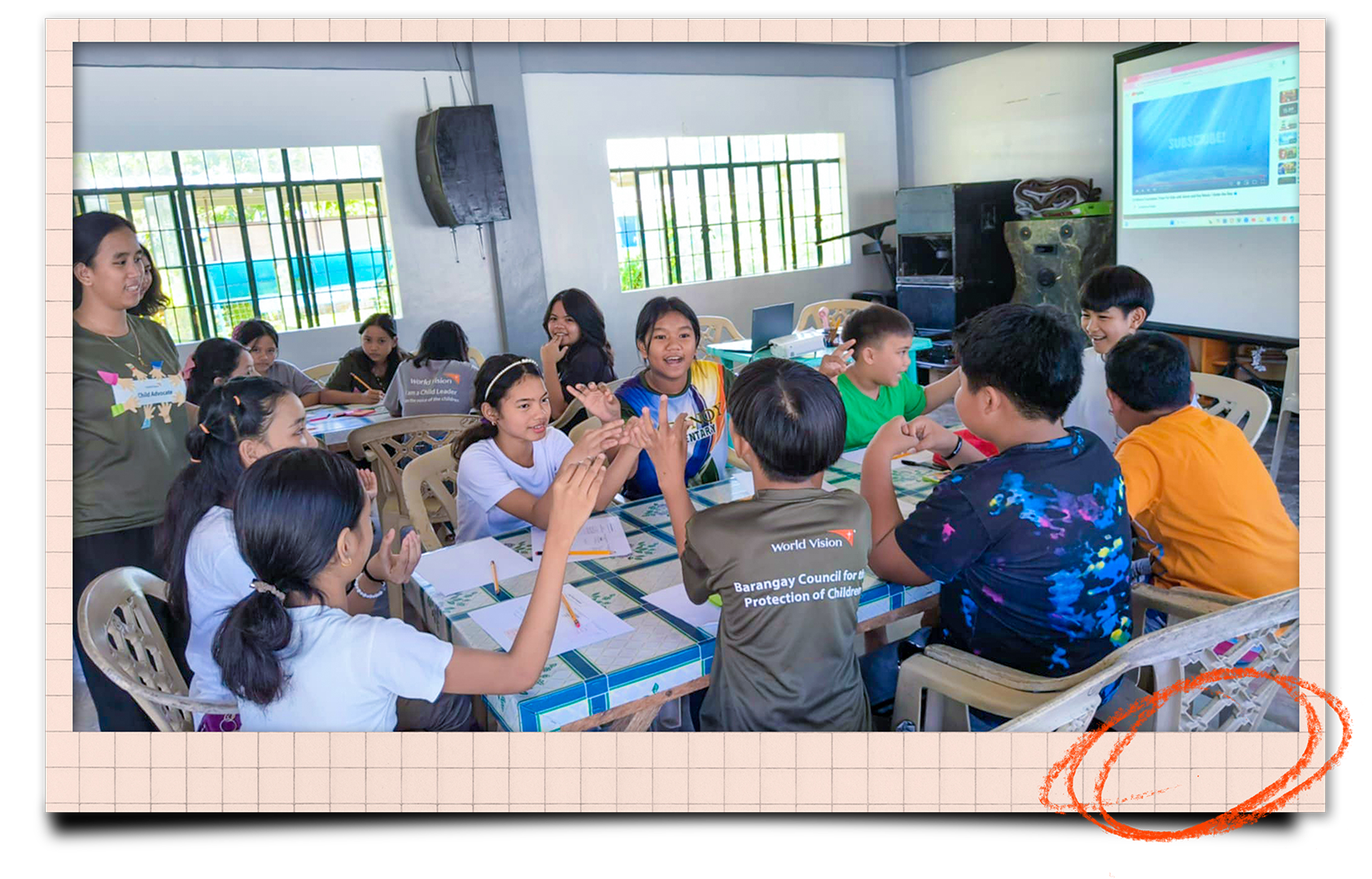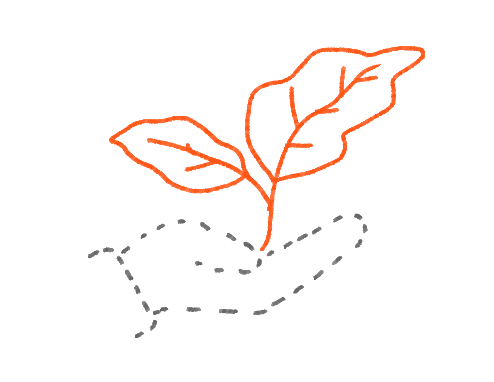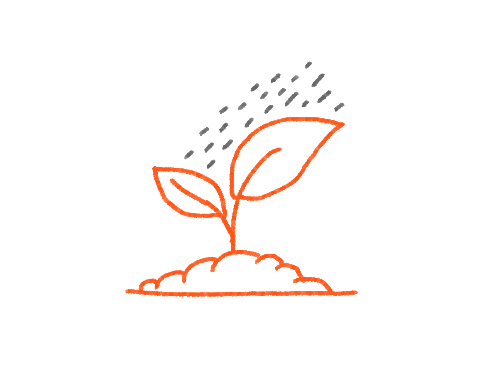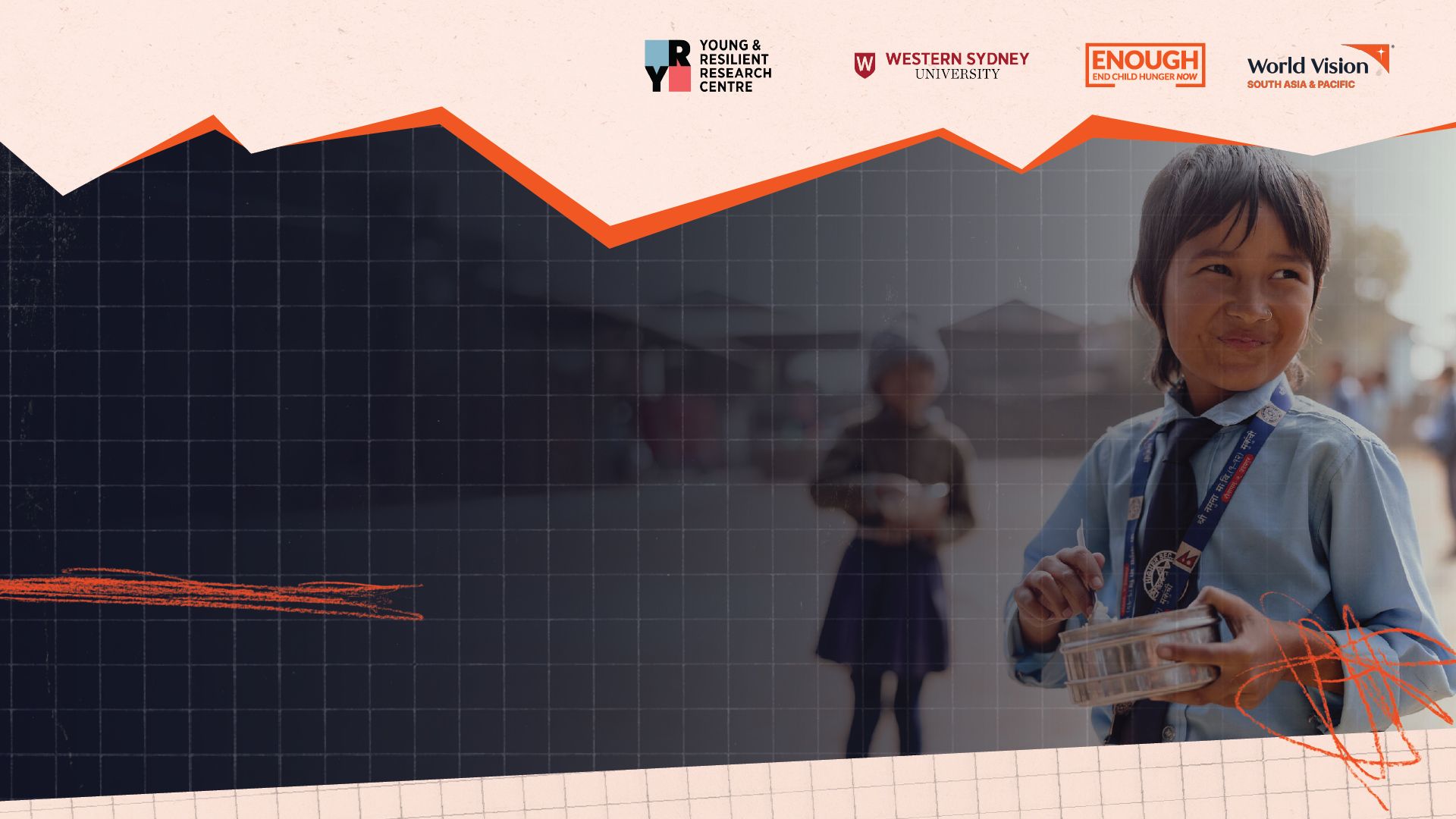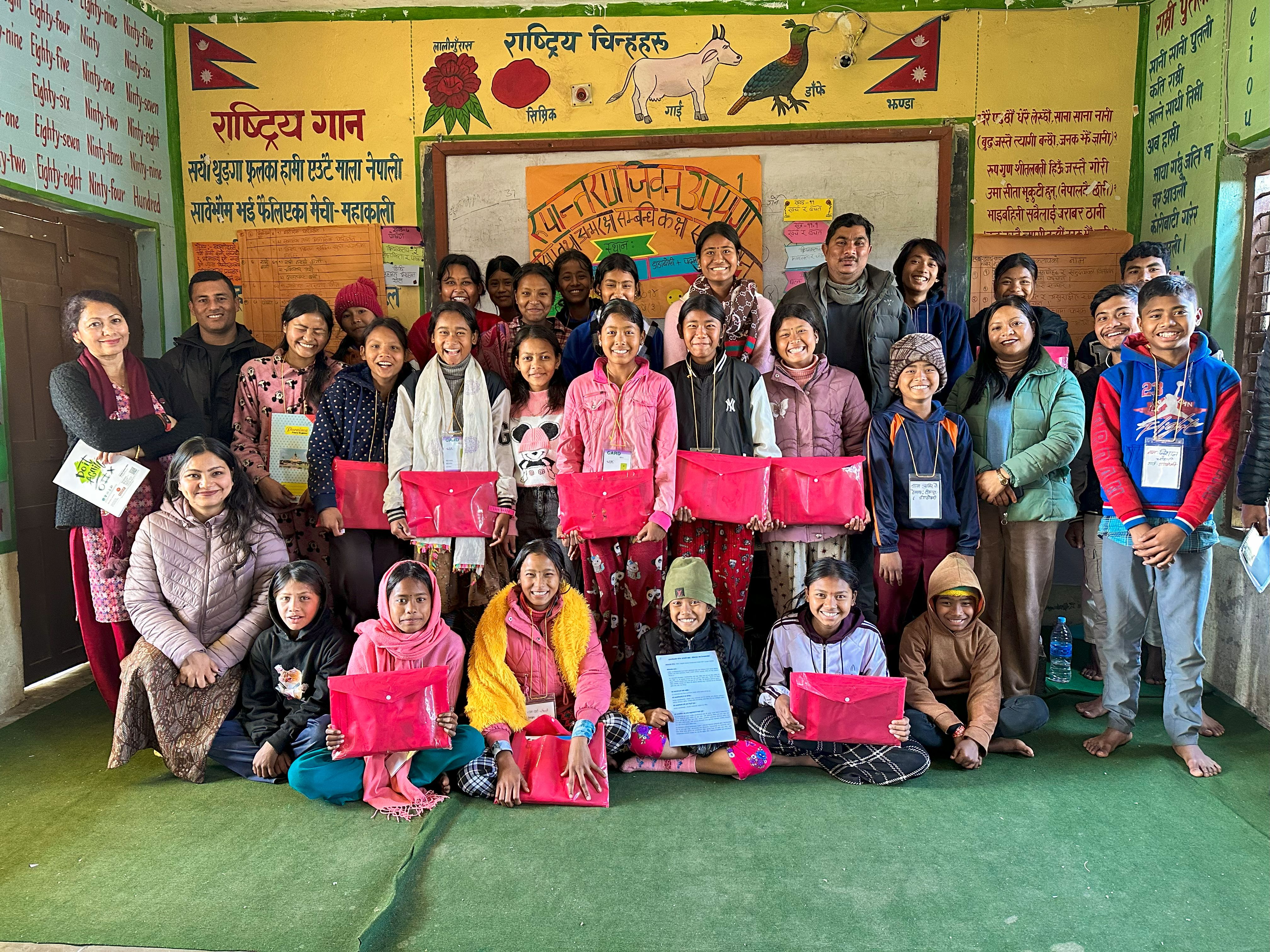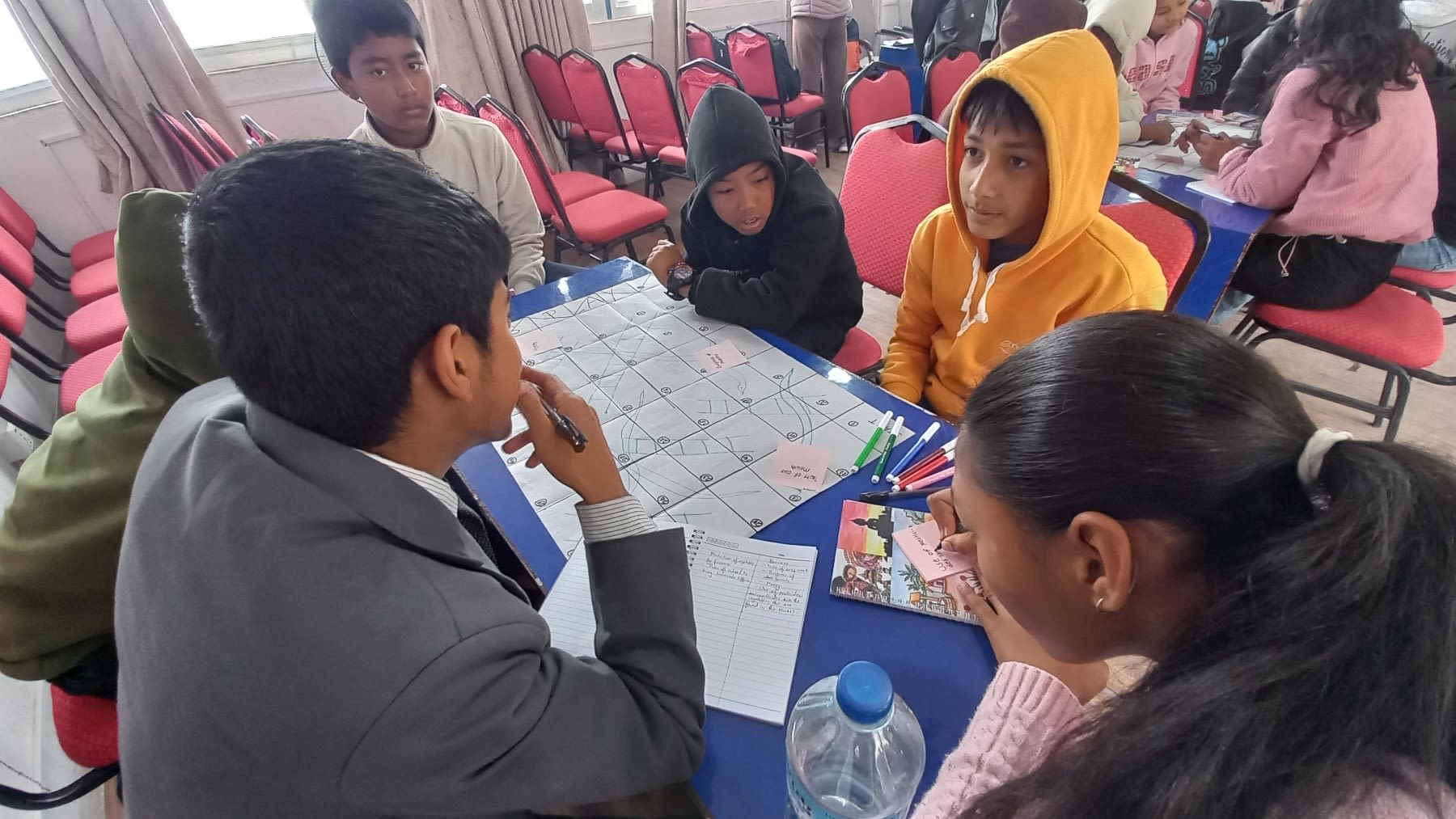Right to Food
A Seat at the Table:
How Young People are Leading
the Fight Against Hunger and Malnutrition

In communities across South Asia and the Pacific (SAP) region, a new generation is rising to tackle one of the world's oldest problems: malnutrition. For too long, the voices of children and adolescents have been absent from the conversation, but a groundbreaking study led by youth, for youth, is changing that.
The new research titled “The Right to Food: Young People’s Call to End Hunger and Malnutrition” was borne out of World Vision’s CHAMP (Child-Led Advocacy and Meaningful Participation) youth leaders’ participation in the ENOUGH campaign, engaging their peers to research and advocate for better nutrition. This proves that when it comes to their health and future, young people want and deserve a seat at the table.
A Global Problem with Local Roots
The issue is urgent. The Global Nutrition Report (2022) reveals a startling reality: nearly one in three children under five in the South Asia and Pacific region are stunted, and many more suffer from wasting and micronutrient deficiencies. While undernutrition remains a critical threat, obesity rates are also climbing, creating a "triple burden of malnutrition." Factors like climate change, the proliferation of ultra-processed foods, the rising cost of living, and the lingering effects of the COVID-19 pandemic have only exacerbated the crisis.
However, instead of treating young people as passive and most impacted by the hunger crisis, World Vision, in partnership with the Young and Resilient Research Centre at Western Sydney University, recognised their potential as powerful agents of change. Fifteen youth leaders aged 13 to 20 from Bangladesh, Indonesia, Nepal, the Philippines, and Sri Lanka were trained in research methods. With the support of their mentors, they designed their own projects to investigate hunger and nutrition in their communities.
Insights from
the Front Lines
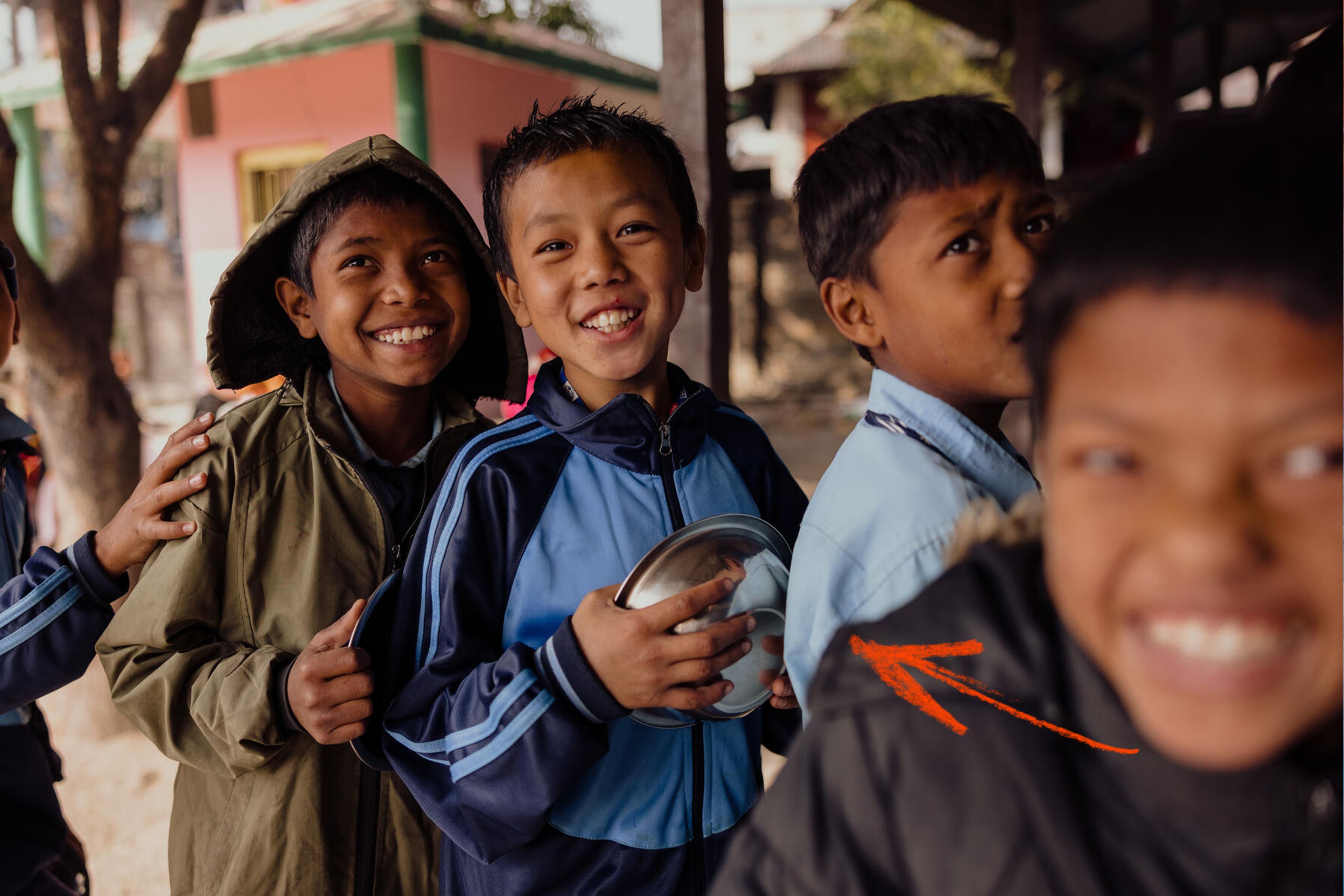
The young researchers held ten workshops, engaging 214 participants between the ages of 10 and 18. Through surveys and participatory activities, they gathered both quantitative and qualitative data, capturing the raw, unfiltered experiences of their peers. The findings were as clear as they were compelling.
First, the young participants demonstrated a profound understanding of the issue. They not only recognised that good nutrition supports good health but also expressed deep concern about its effects on children living in poverty, highlighting the risk of serious illness and stunted growth.
“It is very important to pay attention [to nutrition] because it can make stunted children.”
- Indonesia
Second, they spoke of a fundamental inequality. Young people believe that nutrition should be a right, not a privilege. They noted how families with limited incomes are forced to rely on cheap, processed foods, while fresh, healthy options are often out of reach. "It's not fair that some kids get to eat well and others don't," one participant shared, a sentiment echoed across all the workshops.
“Every child and every family has access to healthy, nutritious food.”
- Bangladesh
Third, participants called for schools to be a central part of the solution. They reported seeing their peers go hungry at school and advocated for free, nutritious breakfast and lunch programs and more diverse, healthier canteen options. They believe that schools should be a sanctuary where no child goes hungry.
“I request you to introduce a breakfast program for the backward schools in our area ... By increasing the nutritional level in our area, we can enrich the future of our children and improve their educational levels.”
- Sri Lanka
Finally, the study identified three key barriers to healthy eating: cost, access, and food quality. Young people explained that rising food prices make it impossible for many families to afford fresh produce. They also pointed to the limited availability of healthy food in their communities and expressed concern about the use of chemicals and pollution that compromise food quality and safety.
“Food prices are getting more expensive; no one has money.”
- Indonesia
“Stay dedicated to growing more fruits and vegetables in your area.”
- Philippines

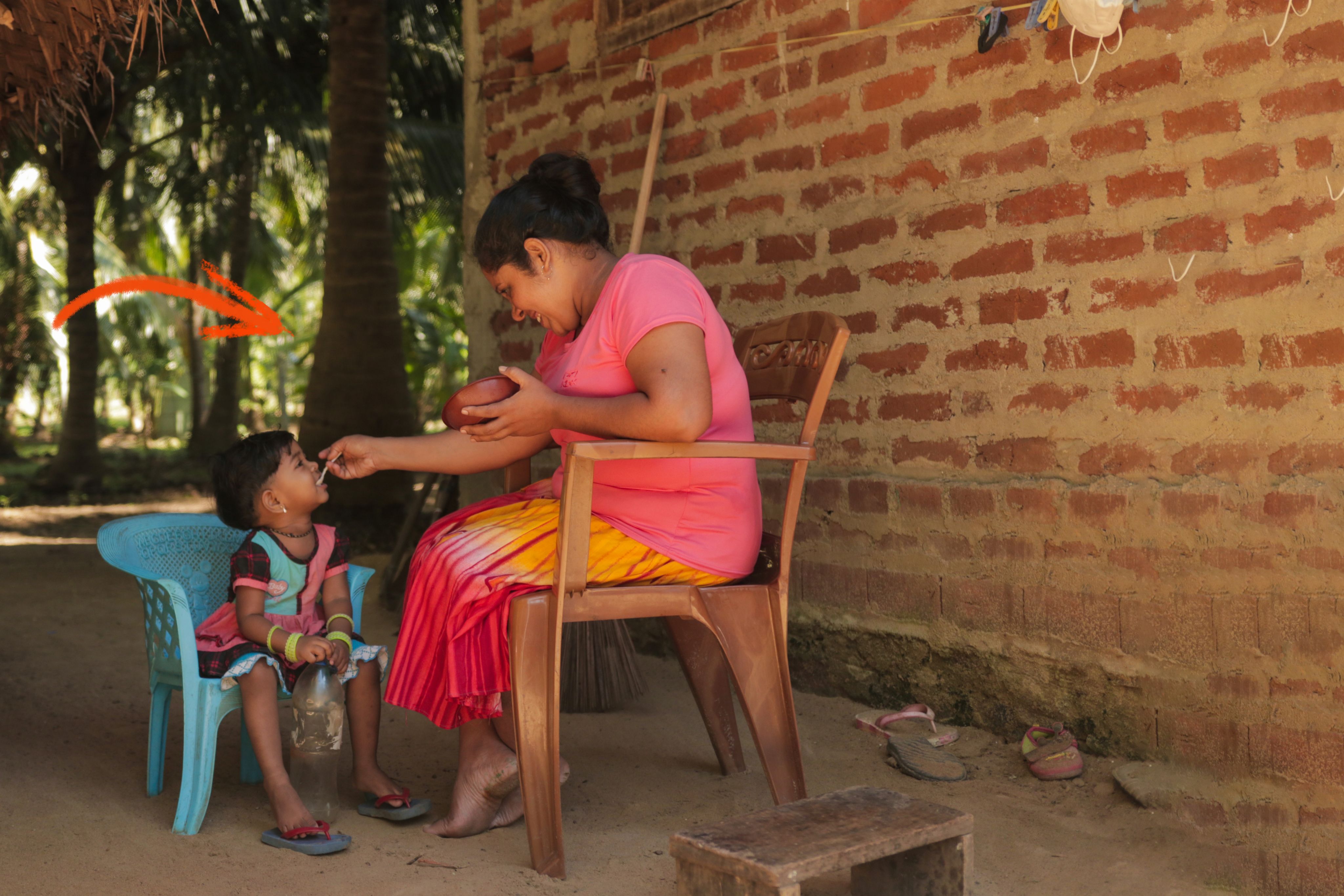

A Call to Action
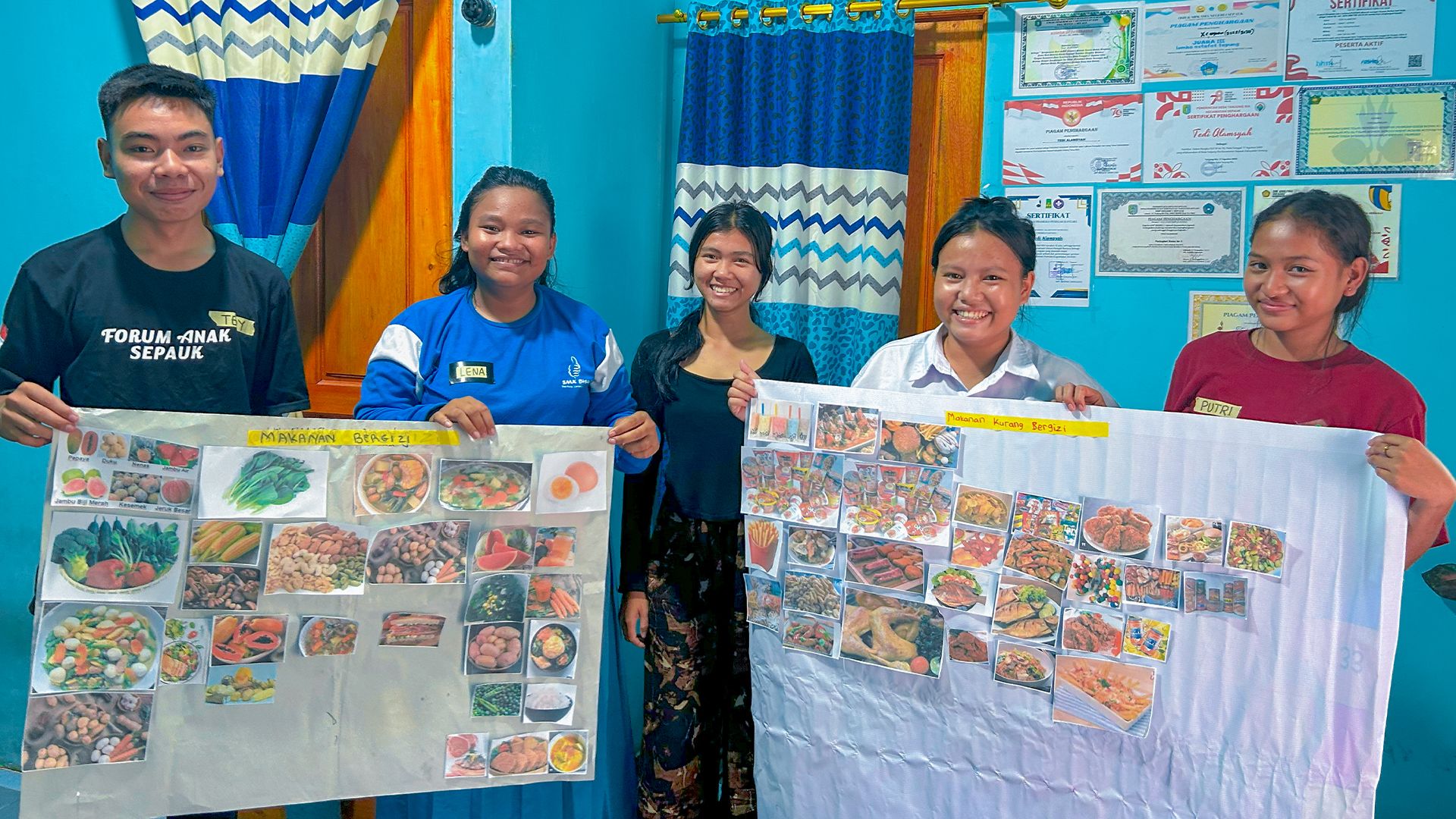
Based on their research, these young leaders crafted a powerful set of recommendations for governments and leaders, urging them to act. They called for:
|
|
|
|
|---|---|---|
|
Increased Investment: |
Policy Reform: |
Education: |
|
Prioritise and invest in |
Strengthen policies to |
Provide better nutrition education in schools and communities. |
|
|
|
|
|
Tackling Poverty: |
Sustainable Systems: |
|
|
Address the root causes of hunger by funding social protection systems that help families afford healthy food. |
Support local and |
Hear it from our CHAMP Researchers
|
|
|
|
|
|---|---|---|---|
|
Sadat, Bangladesh |
Shoriful, Bangladesh |
Binuki, Sri Lanka |
Nurhikma, Indonesia |
|
|
|
|
|
|
Jeromiyan, Sri Lanka |
Monica, Nepal |
Prashna, Nepal |
Kujitha, Sri Lanka |
|
|
|
|
|
|
Ankita, Bangladesh |
Sunil, Nepal |
Valentina, Indonesia |
Princess May, Philippines |
|
Princess, Philippines |
|||
By placing young people at the heart of the research, World Vision’s CHAMP youth leaders and researchers not only gathered crucial data but also ignited a movement. It shows that young people are not just beneficiaries of change — they are its architects. Their voices, once unheard, are now a powerful force, demanding a future where every child has a right to the nutritious food they need to thrive.


